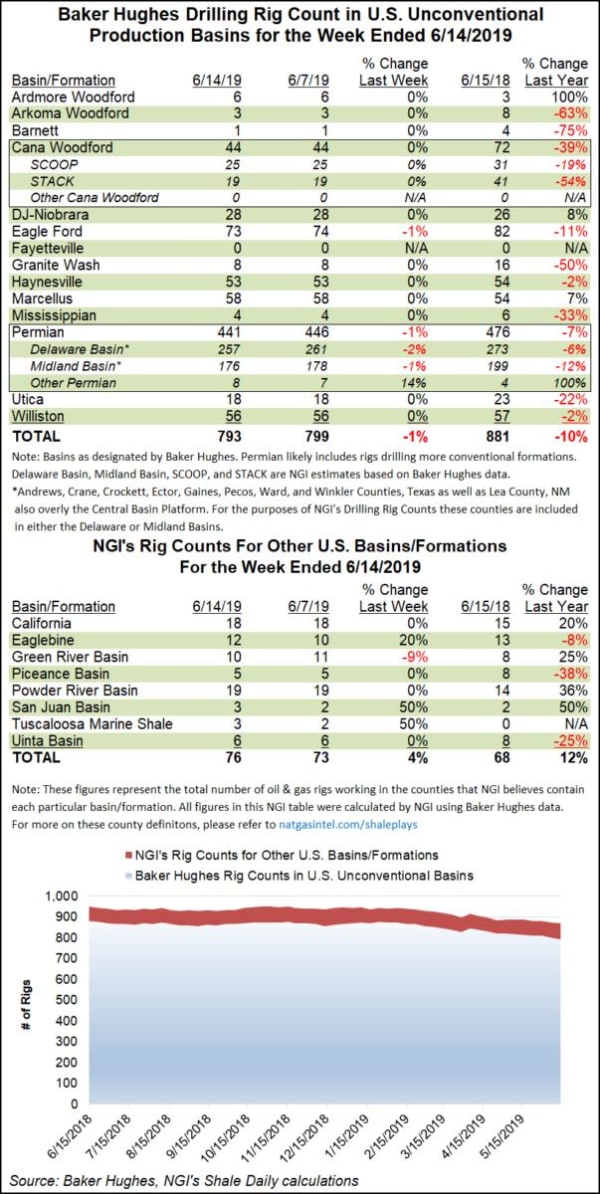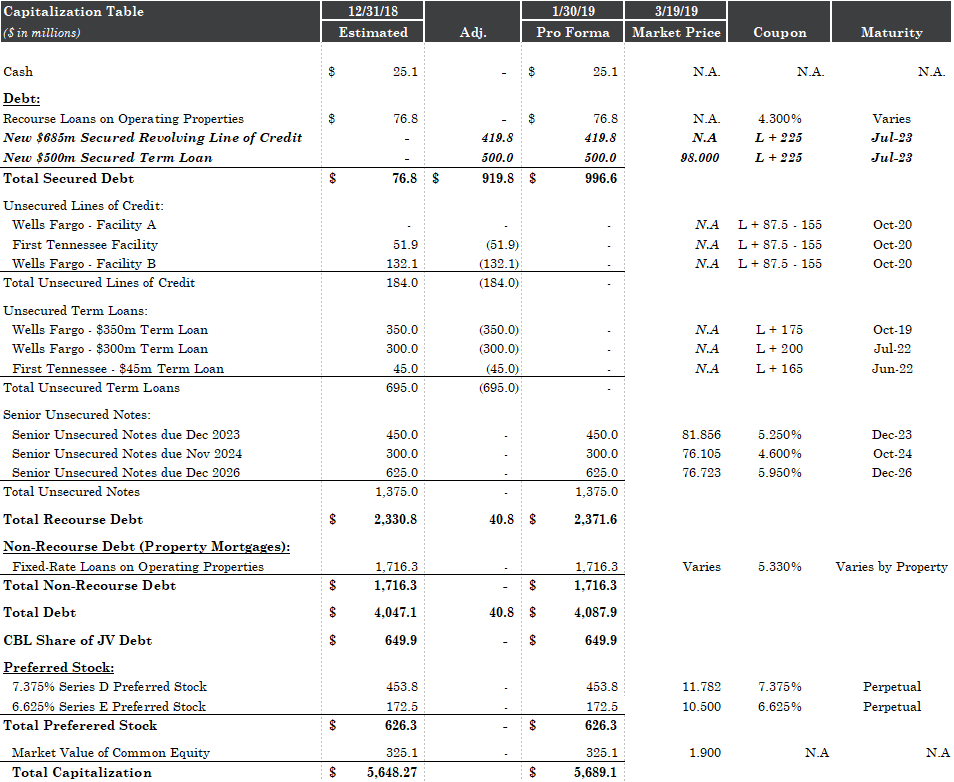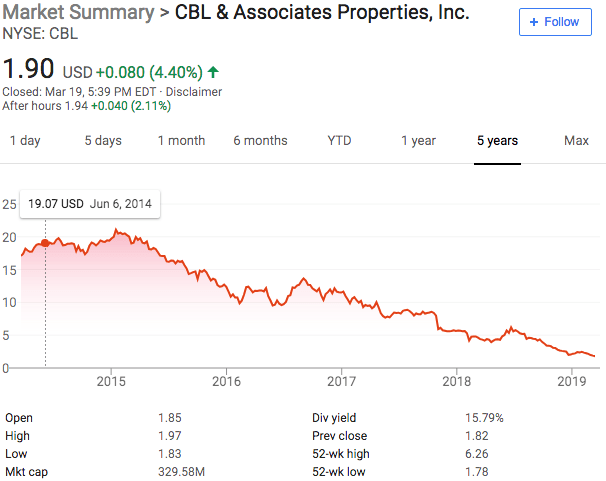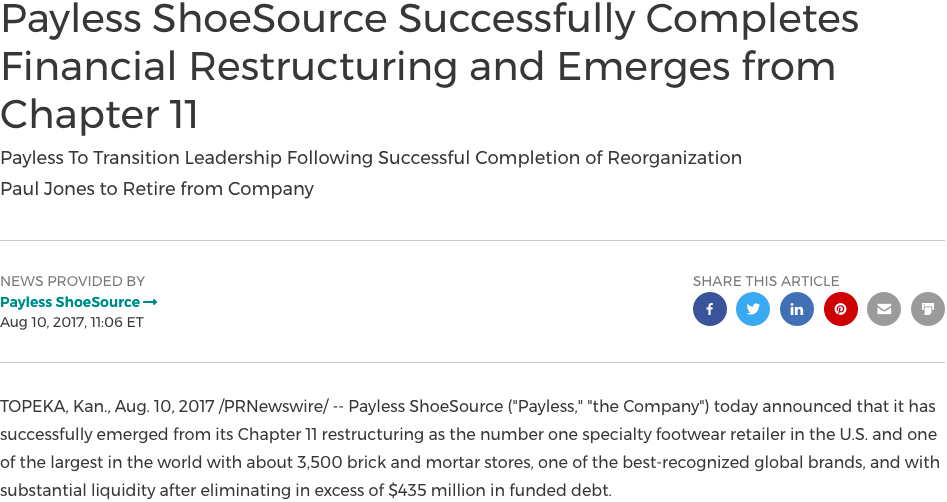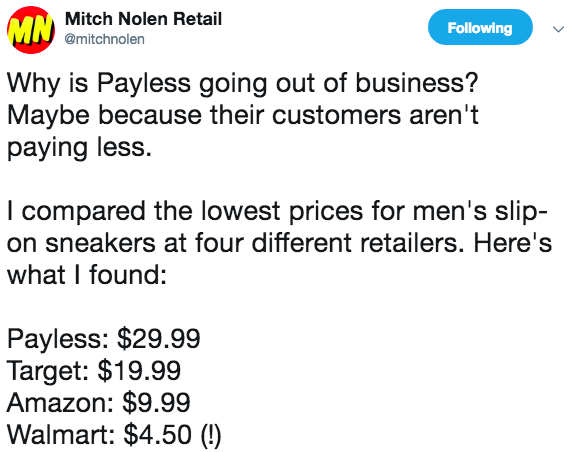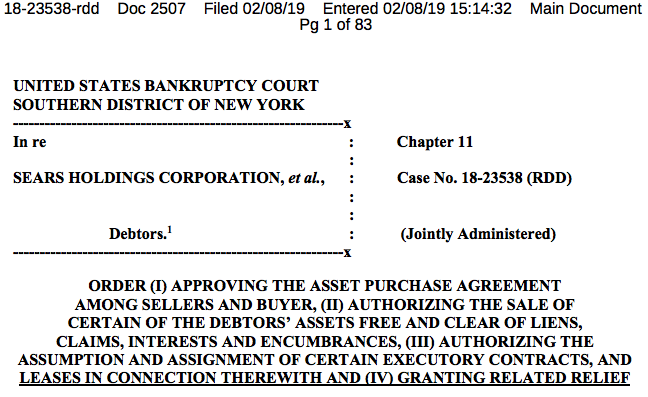Check out the rest:
According to its statement last Friday, Windstream now intends to appeal. This is welcome news for our fund, as it will require Windstream to post a surety bond exceeding $300 million. That surety bond will pay in full the notes our fund owns when Windstream loses the appeal. We are happy to take the surety company's credit over Windstream's.
To noteholders who chose to play the company's game even after it had broken its promise, we wish you luck with your exchange notes. Between their dubious status and their OID risk in bankruptcy, we suspect you will need it.
🔥💥🔥💥
Dubious status? What dubious status? Per Weil:
While the court held that the notes issued under the Indenture—i.e. any notes outstanding prior to the exchange offers—are accelerated, it specifically declined to hold that the New Notes issued in the 2017 exchange are invalid, giving rise to confusion over their status. (See Op. at 51). Because the Court held that the Third Supplemental Indenture containing the waiver of default was invalid, it follows that all holders of the 2023 Notes at the time of the exchange—not just Aurelius—should be entitled to a judgment. At least some of this confusion could have been obviated by a finding that all holders of the New Notes are to be restored to their status quo ante as it existed prior to the exchange offers. While this ruling would also raise complex issues, it would better accord with the operation of the Indenture.
Right. That probably would have made more sense. Insert some litigation here. And Weil doesn’t otherwise comment one way or another as to whether the Judge took liberties by extending his review outside the four corners of the legal document. They simply state:
The Court’s reliance on Windstream’s admissions is a reminder for counsel to consider not just whether a proposed transaction fits within the literal terms of the debt documents, but also whether it is: (1) consistent with the company’s public statements; (2) supported by the contemporaneous factual record; and (3) whether the economic substance of the transaction is consistent with its characterization.
But Professor Stephen Lubben did. He writes:
The court readily concedes that the plain language of the indenture does not cover the transaction on its face. Rather the court repeatedly argues that the “economic realities” of the transaction bring it within the terms of the indenture.
In essence, the court has granted Aurelius covenant protection that it (and its predecessors) were not savvy enough to negotiate in the first place. That’s the kind of interpretive stretch that law professors expect to see with sympathetic plaintiffs – the classic “widowers and orphans.” But Aurelius?
As the author of a law school corporate finance text, I’ve read my share of these sorts of opinions. I often tell my students that the one constant theme running through the bulk of corporate finance jurisprudence is that “if you want protection, you’d better contract for it.”
The Windstream opinion represents a clear departure from that trend. Instead, the theme seems to be, “I know what you really meant.”
Meh. We could get an ID with a picture of Chris Hemsworth next to it but that doesn’t make us Chris Hemsworth. You get what we’re saying?
Anyway, Lubben also reiterates a prior alarm that credit default swaps are having a deleterious effect on the market. He writes:
Long ago I warned that the growth the of the CDS (credit default swap) market represented a threat to traditional understandings of how workouts and restructurings are supposed to happen. The recent Windstream decision from the SDNY shows that these basic issues are still around, notwithstanding an intervening financial crisis and resulting regulatory reform.
Bloomberg’s Matt Levine adds:
“…the universal assumption is that Aurelius has also bought a lot of credit-default swaps that will pay out if Windstream defaults on its debt: By pushing Windstream into default, Aurelius will make a profit on its CDS, even if it loses money on the bonds. And, look, in general, I am all for CDS creativity, but here even I find it distasteful. “We, along with others in the market, found Windstream’s arguments that Aurelius pursued this litigation in bad faith and in order to ensure a payout on its CDS to be compelling,” wrote analysts at CreditSights.”
The Financial Times writes:
“The judge just missed . . . the big picture”, said one hedge fund set to lose money from the ruling, noting Aurelius’ position in credit derivatives. “This decision opens a Pandora’s Box and is going to encourage a lot of aggressive behaviour”.
Ugly fights between creditors and companies over clauses in dense legal agreements are nothing new. But Aurelius’s win has companies suddenly wondering what enterprising hedge fund is now combing through their past wheeling-and-dealing, looking for an obscure technical violation that could result in a ransom payment. Debt investors have recently targeted Sprint/T-Mobile and Safeway over similar covenant technicalities.
Matt Levine rightly continues:
“Windstream’s accusation of market manipulation is nonsense,” says Aurelius, and that is completely correct as far as it goes. As far as Windstream is concerned, all that Aurelius did was read its bond documents, assert its rights under those documents, go to court to argue its position, and win in court. None of those things could be market manipulation. If Aurelius also bet in the CDS market that it would be correct, well, (1) that doesn’t sound like manipulation to me and (2) Windstream wasn’t selling CDS so the integrity of the CDS market isn’t its problem.
But of course the overall result is very much Windstream’s problem: Windstream is bankrupt now because Aurelius came after it, and it’s hard to imagine Aurelius coming after it if Aurelius hadn’t bought a lot of CDS on Windstream first. (Windstream’s other bondholders were very willing to forgive Windstream’s covenant violation, tried to help it fend off Aurelius, and are now facing huge losses due to Aurelius’s activism.) It is not hard to sympathize with Windstream’s view that something is wrong with the CDS market, if this is the result.
Sure, but, like, maybe don’t hate the player, hate the game??
Putting aside the CDS aspect, the (one) comment to Mr. Lubben’s piece is indignant and raises valid points. Sisi Clementine (cute name) writes:
WIN opco spun out the assets, and then holdco leased them back. What did holdco do with those assets? Well, they allowed opco to use the assets freely. Hmm, okay, but then how did holdco pay rent? Well, opco pays a dividend to holdco in the exact rent amount and then holdco pays it to the spinoff. I see. So do holdco and opco share the property? No, holdco has no separate address, employees or business, so the property is for the exclusive use of opco. Umm, does this smell funny to anyone else?
In fact, it does! The judge! In his ruling, he cite a body of case law on leases that shows that a person who makes regular fixed payments in exchange for the exclusive use of a space is the holder of a lease, regardless of whether a paper contract exists. Personally, I find this conclusion to be on firmer legal ground than Windstream's version of events, which is essentially that the lease goes to holdco and then disappears inside the company in an opaque cloud of trust.
Of course, the Judge did not rely exclusively on this reasoning for his judgment. He added two further, independent reasons why the opco was party to the lease. The first is that Windstream, as a regulated telecom carrier, required approval from state regulators for the transaction. When regulators expressed concern, WIN formally told them it was a sale-leaseback transaction to reassure them. The judge then estopped WIN from changing its story in court. The second independent reason is that WIN opco signed 120 subleases on the space. You cannot sublease without a lease, therefore opco must have had a lease in order so sign those contracts.
What Prof Lubben has not told you, is that the court's habit of siding with businesses in matters of likely covenant breaches is only about a decade old. Market participants have found it troubling that businesses are given the benefit of the doubt as long as they have some legal explanation, no matter how tenuous. Management has grown increasingly brazen over the last few years, often with the backing of their private equity sponsors. The fact that it has taken an opportunist like Aurelius to right this wrong is proof that there are no heroes here. But maybe one day the legal establishment will wake up and end this plainly predatory behavior. (emphasis added)
Apologies, Clementine, but Aurelius may have achieved the impossible with all of this:


